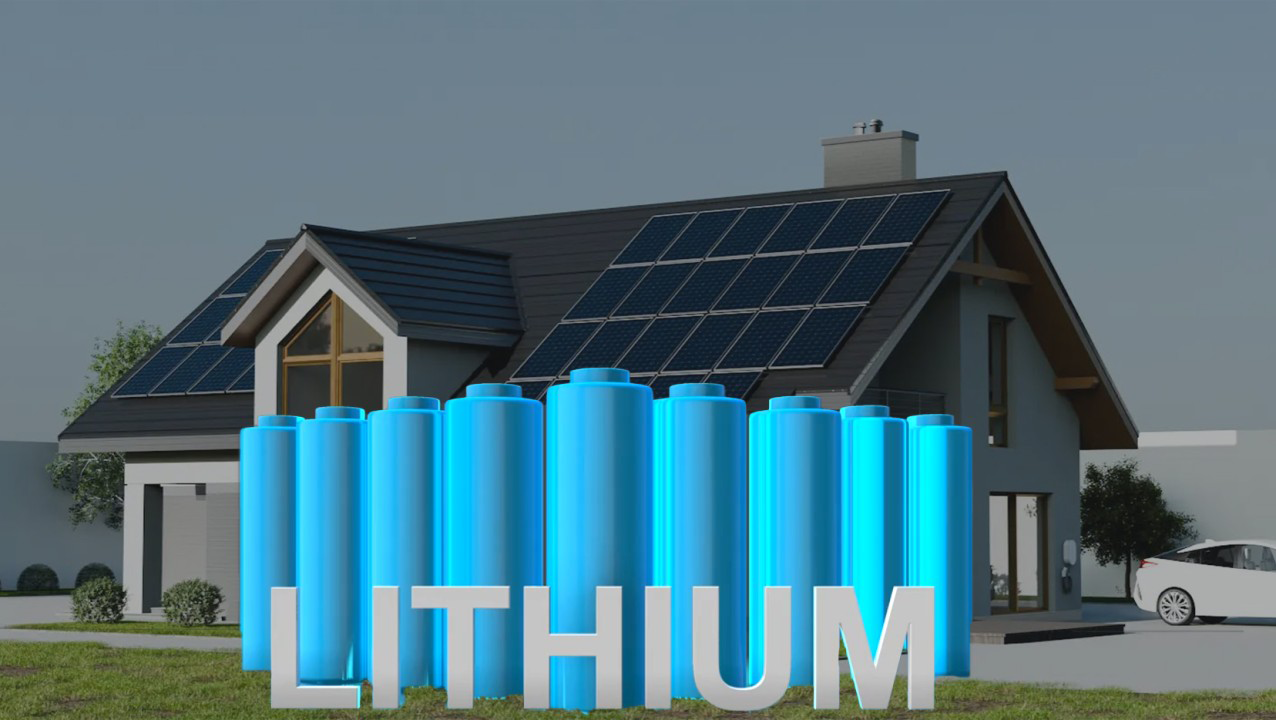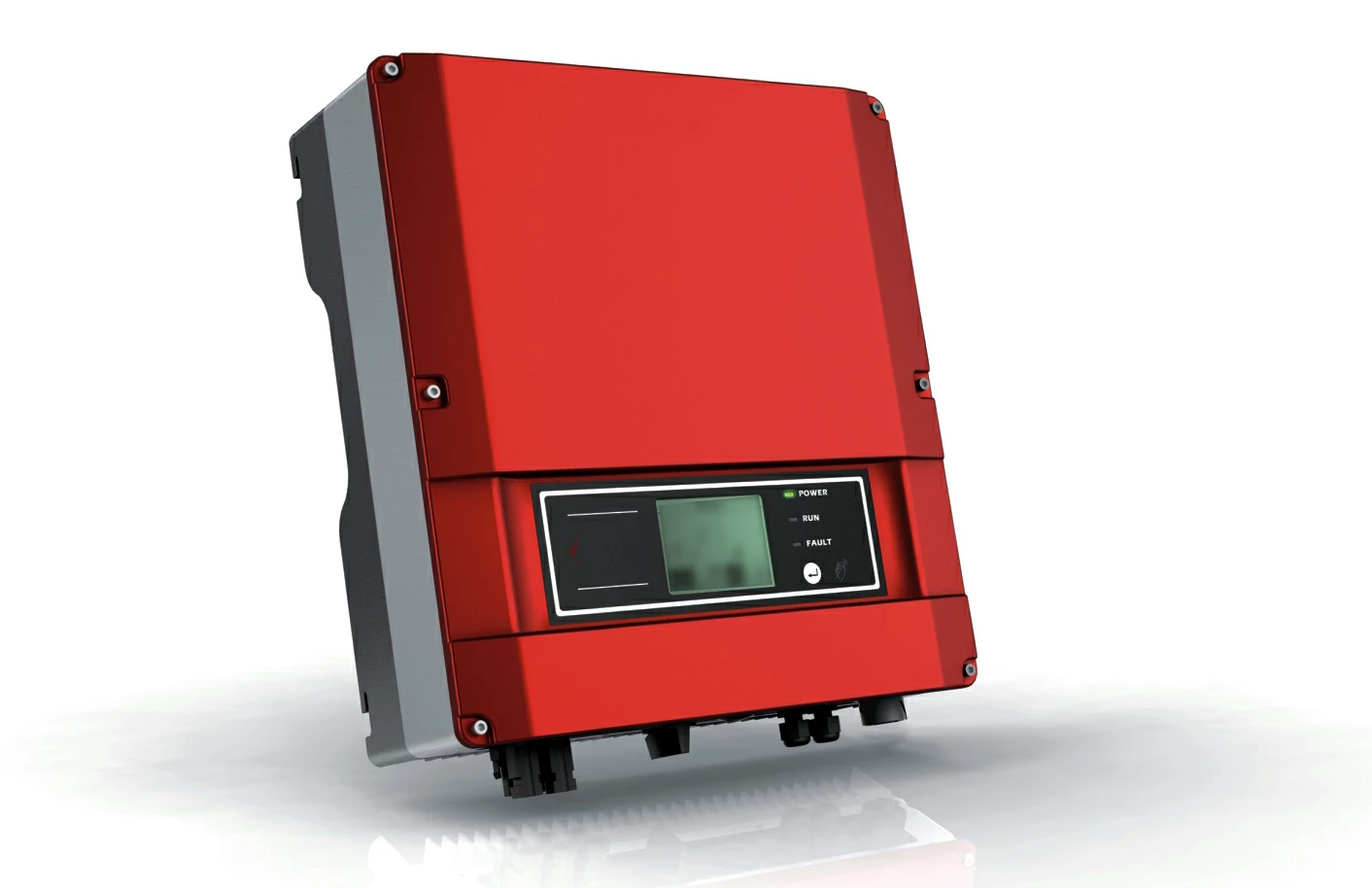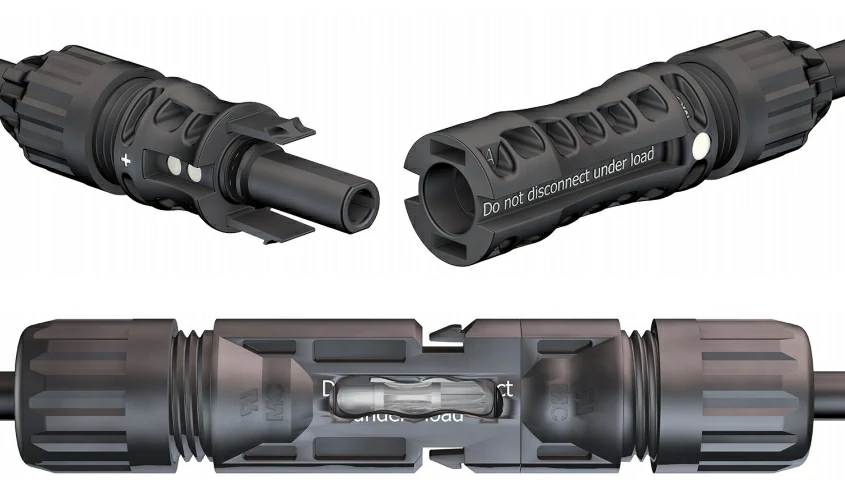A highly integrated backup power solution for solar home energy...
MPPT unit introduction
Overview of MPPT unit
Maximum Power Point Tracking (MPPT) is a technology used to optimize the energy output of photovoltaic (PV) systems. Since the output power of the PV module is affected by changes in temperature, light intensity and load, the core of the design of the MPPT unit is to monitor these parameters in real time and adjust the operating point according to changes to extract the maximum available power.
The MPPT unit is usually composed of several parts, including the control algorithm, DC-DC conversion circuit and PV voltage and current sampling circuit, where the DC-DC conversion circuit is responsible for converting the output power of the photovoltaic module to the voltage suitable for the load or energy storage equipment, and the voltage and current sampling circuit is responsible for obtaining the output voltage and current data of the photovoltaic module. To provide the necessary information for MPPT algorithm.
This paper will focus on the DC-DC conversion circuit and PV voltage and current sampling circuit in MPPT unit.
Working principle of DC-DC conversion circuit
The main function of the DC-DC conversion circuit is to convert the input DC voltage to the desired output DC voltage. Its working principle is usually based on the idea of switching modulation and energy storage. The main types of DC-DC converters include boost converters, buck converters, and reverse converters:
Boost Converter: Used to boost the input voltage to a higher output voltage.
Buck Converter: In contrast, the higher voltage of the input is reduced to the lower voltage required.
Buck-Boost Converter: It can boost and reduce the voltage according to the demand.
Components of DC-DC conversion circuit
Switching components: Switching devices such as MOSFETs or IGBTs are usually used to control the transmission of energy.
Inductance: used to store energy and release the stored energy to the load when the switch is off.
Diode: Used to direct the current flow, so that energy can flow normally in the circuit when the switching state changes.
Capacitors: Used to smooth the output voltage, reduce fluctuations, and ensure stable output voltage.
The role of DC-DC conversion circuit in MPPT
In the MPPT system, the DC-DC conversion circuit is responsible for regulating the DC voltage generated by the photovoltaic panel to the voltage level required by the system, ensuring that the system can efficiently convert power. The switching frequency of the converter is usually dynamically adjusted by the MPPT algorithm to ensure that the operating point of the photovoltaic module is maintained at the maximum power point.
Purpose of sampling circuit
In order to effectively implement the MPPT control algorithm, the output voltage and current of the PV module must be accurately obtained. This requires the use of high-precision voltage and current sampling circuits. Accurate sampling not only affects the correctness of MPPT algorithm, but also affects the overall efficiency of the system.
Design of sampling circuit
The sampling circuit of PV voltage and current mainly consists of the following parts:
Voltage sampling circuit: A voltage divider is typically used to reduce the high voltage of a photovoltaic module to a range suitable for analog-to-digital converter (ADC) input. The divider is usually composed of two resistors, and the suitable resistance value can be selected according to the needs to ensure the accuracy and accuracy of the circuit.
Current sampling circuit: This is achieved by using a Shunt Resistor. The current passing through the shunt resistor will create a small voltage drop that can be measured by the ADC. In order to improve accuracy, operational amplifiers are often used to amplify the voltage signal, thus improving accuracy.
Importance of sampling circuit
Real-time monitoring of PV voltage and current is the key to ensure efficient operation of MPPT system. The changes of current and voltage directly affect the calculation and tracking of the maximum power point, so the sampling circuit must have a high sampling rate and accuracy in order to respond to environmental changes in time.
MPPT control algorithm
With the combination of DC-DC conversion circuit and voltage and current sampling circuit, MPPT unit can realize effective power tracking. Commonly used MPPT algorithms include:
Perturb and Observe (P&O) : The operating point is adjusted by perturb and observe the change of the output power.
Incremental Conductance (IncCond) : Judging based on the admittance change rate of photovoltaic output voltage and current, with high accuracy.
Neural network and fuzzy control algorithm: In recent years, artificial intelligence technology has been gradually applied to MPPT, which has improved the adaptive and intelligent level of the system.
conclusion
The MPPT unit is a crucial component of the photovoltaic system, which can significantly improve the energy conversion efficiency of the photovoltaic module. The rational design and optimization of DC-DC conversion circuit and PV voltage and current sampling circuit not only ensure the efficient energy conversion, but also provide the necessary data support for the maximum power point tracking algorithm. With the continuous development and application of photovoltaic technology, MPPT units will play an increasingly important role in the utilization of renewable energy.

Home energy storage product series
A lithium battery pack for home energy storage systems, which is compatible with solar panels and the sun The inverter can work together with the power grid to power household appliances, and it can also be used as a For off grid systems.
Extended reading
THE ESSC Brand promise
Global supply
Our products sell well all over the world, covering many countries and regions, through the global logistics network, to provide customers with convenient purchasing experience.
Rigorous quality
We adhere to the highest quality control standards to ensure every product meets industry regulations and customer expectations, earning trust through consistent excellence.
Excellent service
With a customer-centric approach, we provide prompt responses, professional support, and personalized services, aiming to deliver the best user experience and long-term value.





